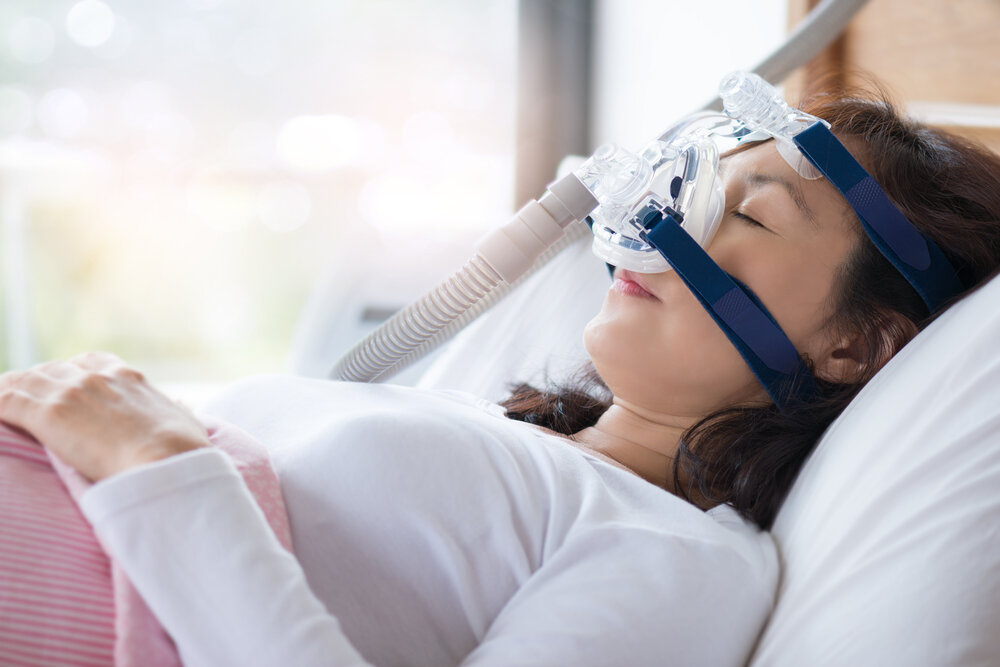Introduction
Continuous Positive Airway Pressure (CPAP) therapy is a widely acclaimed and effective treatment for obstructive sleep apnea (OSA). However, achieving the best results with CPAP requires more than just the right equipment; it necessitates precise adjustment and titration. CPAP titration is the process of fine-tuning the air pressure settings to ensure patients receive the optimal level of therapy. In this article, we’ll delve into the importance of CPAP titration, its components, the titration process, and the benefits it offers to those battling sleep apnea.
Table of Contents
Understanding Obstructive Sleep Apnea
Before we delve into CPAP titration, it’s vital to comprehend the condition it aims to treat. Obstructive Sleep Apnea is a common sleep disorder characterized by repeated interruptions in breathing during sleep. These interruptions, known as apneas or hypopneas, occur due to the collapse or narrowing of the upper airway. OSA can lead to various health issues, such as cardiovascular problems, daytime fatigue, and reduced quality of life.
The Role of CPAP Therapy
Continuous Positive Airway Pressure therapy is the gold standard for treating OSA. It involves the use of a CPAP machine that delivers a continuous flow of pressurized air through a mask worn over the nose or mouth. The positive airway pressure prevents airway collapse, enabling patients to breathe normally and sleep without interruptions. However, to maximize the benefits of CPAP therapy, it must be precisely adjusted to suit each patient’s unique needs.
The Importance of CPAP Titration
CPAP titration is the process of customizing the CPAP settings to ensure that the prescribed air pressure is both effective and comfortable for the patient. This individualized approach is crucial for achieving treatment success, as no two patients are alike in terms of their airway anatomy, pressure requirements, and tolerance to therapy.
Components of CPAP Titration
- Sleep Study (Polysomnography):
The CPAP titration process typically begins with an overnight sleep study. During this study, a patient is connected to various monitoring devices that record their vital signs, airflow, oxygen levels, and other sleep-related data. The recorded data is then analyzed to identify the severity of OSA and determine the appropriate CPAP pressure range.
- Titration Study:
Once the sleep study has determined the range of pressure needed, a titration study is conducted. This involves the patient wearing a CPAP mask and machine while they sleep. A sleep technician will then gradually adjust the CPAP pressure to find the minimum pressure needed to eliminate apneas and hypopneas. This process ensures that the patient receives effective treatment without excessive pressure.
- Auto-Titration:
Some modern CPAP machines come with auto-titration features. These devices can automatically adjust the pressure levels based on the patient’s breathing patterns throughout the night. Auto-titration is especially helpful for patients who find the traditional titration process uncomfortable or who need frequent pressure adjustments.
The CPAP Titration Process
The CPAP titration process is a collaborative effort between the patient, sleep technician, and healthcare provider. It typically involves the following steps:
Preparation: Before the titration study, the patient is fitted with a CPAP mask that provides a secure and comfortable fit. The sleep technician ensures that the mask is snug but not overly tight.
Monitoring: During the titration study, the sleep technician closely monitors the patient’s sleep, continuously adjusting the CPAP machine to find the optimal pressure. The goal is to eliminate apneas and hypopneas while keeping the patient comfortable.
Feedback: The patient is encouraged to provide feedback on their comfort and the effectiveness of the therapy. This communication is essential for fine-tuning the settings to match their individual needs.
Data Analysis: After the titration study, the recorded data is analyzed to determine the most effective pressure settings for the patient. These settings are then programmed into their CPAP machine.
Benefits of CPAP Titration
Improved Treatment Efficacy: By customizing the CPAP settings, titration ensures that the therapy effectively eliminates apneas and hypopneas, leading to better sleep quality and overall health.
Enhanced Comfort: Titration helps minimize discomfort and side effects associated with CPAP therapy, such as mask leakage, airway dryness, and pressure-related discomfort.
Reduced Non-Compliance: Patients are more likely to adhere to CPAP therapy when the settings are optimized for their needs, leading to better long-term treatment outcomes.
Increased Sleep Quality: Properly titrated CPAP therapy not only addresses OSA but also promotes deeper and more restful sleep, reducing daytime fatigue and improving daytime alertness.
Improved Quality of Life: With better sleep quality and overall health, individuals with OSA experience an improved quality of life, reduced risk of comorbidities, and better emotional well-being.
Conclusion
CPAP titration plays a vital role in the successful management of obstructive sleep apnea. By customizing CPAP settings to suit individual needs, patients can experience the full benefits of therapy, including improved sleep quality, enhanced comfort, and better overall health. If you or someone you know is living with OSA, it’s essential to undergo a thorough titration process to ensure the most effective and comfortable CPAP therapy. Consult with a healthcare professional to get started on your journey to better sleep and improved well-being.


 Home
Home










